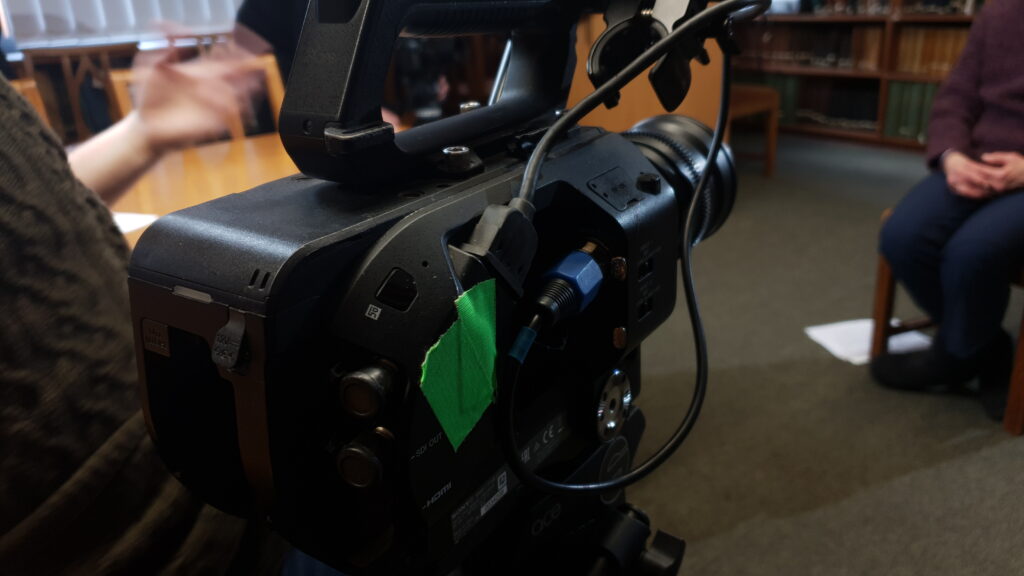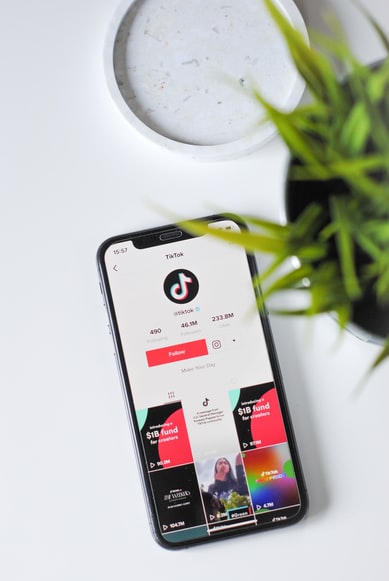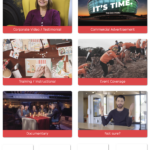It feels like every year or so, there’s a new hot social media platform. The place to be for producing Internet content. Right now for main content distribution, we’ve got no less than seven different main platforms for your content to go up on with Twitter, Youtube/Vimeo, LinkedIn, Facebook, Instagram, TikTok. YT Shorts, alongside the need to promote your own space on the internet through your website. It’s no wonder that the idea of creating content for every one of these platforms feels like a daunting task.
However, it’s doesn’t have to be.
Just like in the real world, the online sphere has shifted into a place that has a focus on Reusability. So rather than just reposting the same video over and over again, we’re beginning to see brands craft their content differently to ensure that it can cover multiple different avenues of distribution.
Long-Form Video Content
This one shouldn’t need too much explaining, Long-Form video content is your basic stuff when it comes to creating marketing content. Maybe it’s a promotional piece on your idea, or how it impacts people, or it could even be a behind the scenes breakdown of how something is made. This could take shape into any number of things, animations, interviews, mini-documentaries, the sky is effectively the limit in this regard – as long as it’s planned to have multiple different avenues for distribution.
The important thing, however, when planning for this is to make sure that it happens organically. You’re Long-Form Content should feel like a complete package on its own, not just a series of Short-Form content pieces stapled together, the diversification of it comes in the edit more than the actual content – though it is still important to consider in the early stages.

Now, this is where the fun starts. Once Production completely wraps for these longer-form videos, you can begin to craft their use in other media formats. By taking some time to consider these possible alternatives, you can turn one piece of content into half a dozen.
Short-Form Content
A lot of social media platforms have been putting their focus on shorter form content, from Twitter to YT Shorts, to Instagram Reel, to Tiktok, to Snapchat. Short Form content is typically anywhere from 15 seconds to about 2 minutes long. People engage with things far more effectively in this format, just think of how many videos you’ve watched from friends and family that are only a few seconds long, versus how many you’ve avoided because they seem way too long.
Tiktok found its footing with this type of content, and the site now has over 1 billion active users. It’s much easier to get your message across to someone ideally scrolling through that on their phone, than hoping they’ll click on a link in another channel.

So, how do you prepare your content for this medium?
When it comes to Short Form Content, even though it can be as short as only fifteen seconds, it still follows a lot of the basic outlines of engagement. You want something that can immediately grab the attention of the passerby. Think of this as a combination of a condensed version of your longer-form content, and also a trailer for it. Things that thrive in this format are demonstrative videos, educational videos, testimonials and interviews, and if you have the chance to get a second camera on set you could even throw some Behind the Scenes stuff on there. For these types of videos, the choice of what will be viable will both depend on and emerge during the editing process. You’ll be looking for those shining moments, the ones that highlight what exactly you want to say.
The benefit of slicing stuff from your long-form content is that you have a lot to repurpose. You don’t need to break your film down into a bunch of 15-second chunks, but finding the most engaging handful of moments that you can throw together to form somewhat of a complete narrative will reach a new audience, even if they don’t follow it up by watching your longer-form content it still means your message will get to people that could easily miss it, purely due to how they consume media.
Audio Content
Audio content has seen a massive comeback in the last few years, with the rise of Audiobooks and Podcasts. People like to listen to things while their eyes are busy working on something else. As a perfect example, while writing this – I’m listening to one of my daily podcasts in the background. So, it’s important to remember this medium when planning too.
The two primary ways in which Video content can be transferred to Audio is through either Podcasts or Audiograms. Podcasts are to audio what Long Form content is to video. It’s a chance for you to make a longer product, but plan it in such a way that the message also comes across in a purely Sonic sphere too. In the same regard Audiograms tie back in with our previous point quite well, they’re short pieces of audio content that can be uploaded onto various platforms.

For Audiograms, factual content tends to be king. Things like excerpts from Interviews, or a basic breakdown of historical content work best for both of these. For Podcasts, it might involve taking a bit of time in an Audio booth to record some connecting lines of dialogue, allowing you to flow from one piece to the next, but for Audiograms it’s even easier. Just find the piece of audio you think is particularly engaging, pull it out, add an overlay- be it a screenshot from the film, a visual transcript that appears on screen as the words are said, or even just a waveform animation, and you’re ready to go.
It can work the other way too, if you’re only making an Audio product- say a series of interviews or Podcasts, you can then create a video element through the use of things like Audiograms, it’s an easy system that can allow your message to reach more ears.
Written Content
So, you’ve gotten your Visual and Audio mediums covered, but what about the oldest way of telling stories? What about text? Well- turns out you can make something for that too. If your content is scripted this is easy, but even if it’s not by making a transcript of the product once the edit is completed, you can accomplish the same goal.

Once you have either a completed script or a completed transcript of your content, you can begin to alter that for Search Engine Optimization. By putting keywords that have a good return rate on Search Engines like Google or Bing, you have a higher chance of your articles appearing at the top of people’s search results. While you will want to keep the content mostly the same, you can begin to implement keywords throughout your text – for example having an opening paragraph for a series of interviews, explaining and giving context on who is talking and what it is they’re talking about. You could even have mid-interview breaks, where you can bolster what an interviewee is saying with some facts and statistics, or allow for more time to explain the exact nature of what’s being discussed.
Once that’s all done, not only do you have a blog post but also a potential newsletter to email out to your readers. From there you can simply embed the original Long Form video in the text, which will prompt your audience to circle back and effectively consume your media again with the added visuals working as a new factor of intrigue.
Now, there’s always a concern that by splitting your message over multiple different formats and platforms you will dilute your audience too much. However, when you combine all three of these things, Audio, Video, and Text, it creates a higher chance of all three of them getting hits. A text transcript allows for your audio/video content to be more accessible to a wider audience, and having things available in audio format allows for people who don’t have the time to either read a full page of text or watch a video. Lastly, having things in Video format- no matter the length gives people that sense of connection that is unique to the medium. It allows people to see with their own eyes exactly what you want to show them.
While Video remains the key part of any strong marketing strategy. Having the ability to diversify the impact of a single piece of media means that you can open yourself up to a wider audience, and allows your content to have wings.
And what’s great about all this is you can start it at any time. So, if you have an old project you’d like to reuse, or are starting from scratch, get in touch and we can work together on making sure you get the most out of your production.







